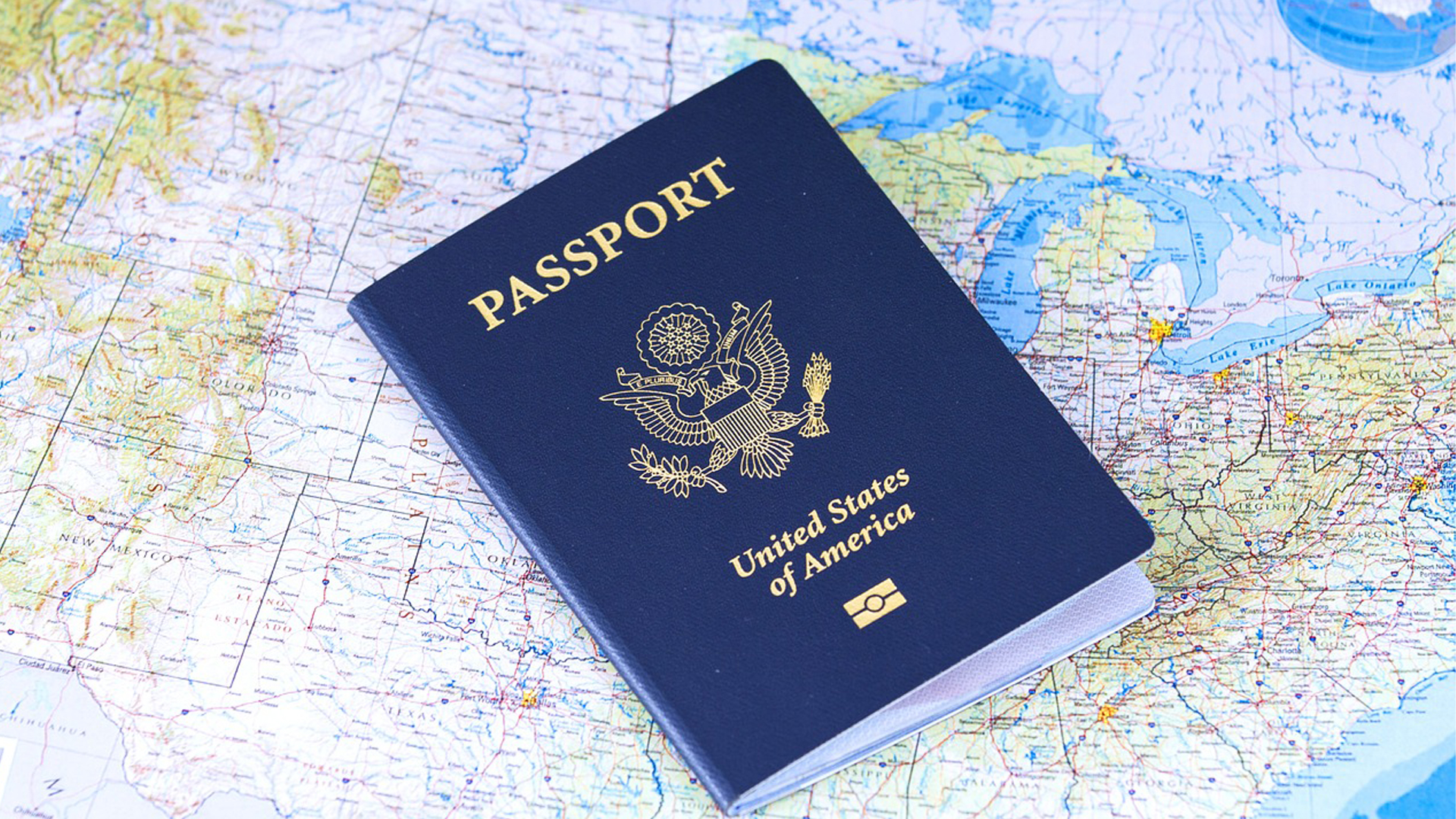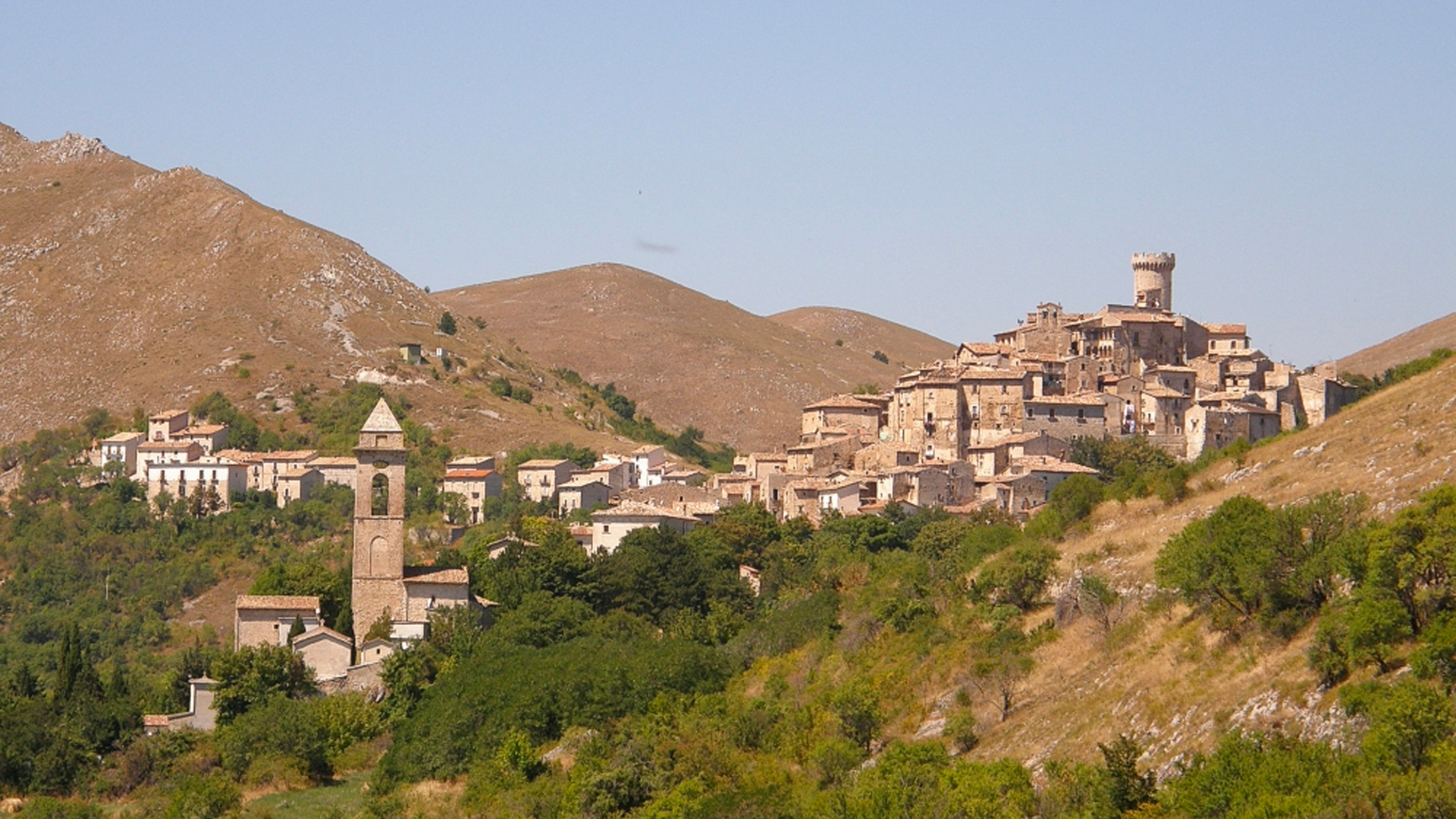Ever contemplated moving to Italy but ultimately found it to be an unachievable pipe dream? Great news…you were wrong! As a follow-up to our recent article, Three Places in Italy That Will Pay You to Move There, we’re giving you all the deets on how to make la dolce vita your reality with a step-by-step guide to living and working as an official Italian resident. Let’s get started…

How to Enter Italy
One of the most important steps in attaining Italian residency is getting your visa, and the rules and regulations are dictated by where you currently hold citizenship. American citizens are allowed 90 days in Italy, permitted under the Schengen visa, after which time you’ll be required to apply for a “long stay” visa – and there are different kinds depending on your particular need. To begin the process, contact the Italian Consulate within your jurisdiction via their website, where you can also schedule a visa appointment.
Please note!! It is important to complete the proper forms and review the documentation needed for your specific visa well before your appointment. This can be a very lengthy process, and you should be completely prepared for your consulate visit, with all necessary documents in hand.

American citizens must also acquire a permesso di soggiorno (permit of stay) upon arrival in Italy. These can be requested at any of the Poste Italiane (Italian National Post Offices). In addition, those who have a job offer or wish to work in the country, whether temporarily or permanently, must obtain a work permit from their employer. More information about this and the entire visa process can be found here.
Now for the fun part…choosing where you’ll live! Here are some gorgeous locations that offer incredible incentives for moving, along with the criteria for application:
Presicce-Aquarica

Lining the coast of Puglia, these sunshine-soaked towns are home to beautiful baroque architecture, and – due to lush olive groves that produce premium extra virgin olive oil –Presicce is commonly referred to as the “city of green gold”. So, it’s little surprise that the sister towns are perhaps the most commonly searched destinations among those interested in Italian re-location opportunities.
Here’s what you need to know:
Santo Stefano di Sessanio

Located in the region of Abruzzo, Santo Stefano di Sessanio lies amidst mountains and pastures. Its close proximity to Rome (only two hours away) makes it the perfect location for those seeking easy access to a bustling city, while still enjoying the comfort of a small town.
The skinny:
Calabria

Positioned in the agrarian south, Calabria is known for its fertile terrain, ancient villages, and clear waters. Add to that mild winters and warmhearted locals and you’ve got a great contender. Its antiquated charm and mouthwatering food provide a sense of “home away from home” and a slower pace allow you to truly savor la dolce vita.
Facts to note:
Sardinia

The second largest island in the Med, picturesque Sardinia is perfect for those who are looking to enjoy a “permanent vacation” state of mind. Its glistening turquoise waters and stunning beaches attract folks all year round and can double as your work-from-home view.
So, here’s what you need to know to get in on the fun:
Santa Fiora

Santa Fiora is a medieval village situated in southern Tuscany and very welcoming to the idea of foreigners becoming local inhabitants. They’ve upgraded to high-speed internet and are in the process of creating working areas throughout the historic parts of town, attracting many digital nomads. According to TravellingInTuscany.com, its most popular attraction is the Peschiera, a spring-fed lake and 18th-century garden surrounded by woodland and gurgling brooks.
Here are the deets on taking up residency:
Now What?

After settling on your dream destination, further information, along with application forms, can be obtained from the local municipalities (communes) themselves (i.e., the town halls). It is suggested that you use a PEC address (certified email) when corresponding with public officials, which can be obtained for a nominal fee.
Though some areas advertise online applications, we confess that their websites don’t always run efficiently. Santa Fiora, for example, promotes vivinpaese.it, but the address seems to work intermittently. This said, here are some places (with links) that have an online presence to make your application process easier:
How to Earn a Living
So, how do you make a living after moving? Here are the kinds of jobs these towns are looking for:
But our favorite (and the easiest) is to work as a digital nomad, offering online services such as writing, web design, social media management or something similar.
And there you have it…everything you need to start your Italian adventure. Buona fortuna!
Sarah Talarico
Sarah Talarico is a writer at heart, with a deep passion for all things Italian. Much of her writing inspiration comes from her Italian American roots that trace back to her father’s beloved hometown in Calabria. Southern Italy holds a special place in her heart, right next to homemade sauce and cappuccini. Sarah has a Bachelor’s in Creative Writing and English and a desire to use her writing skills to share the timeless charm of Italy and that ‘dolce far niente’ feeling. In her downtime, she finds joy in filling the plates and seats at her dining room table.

